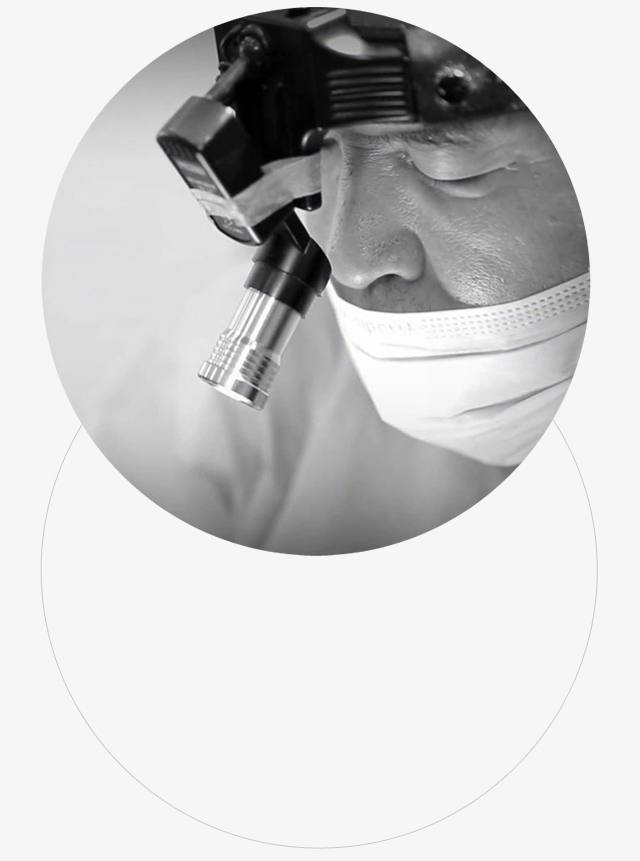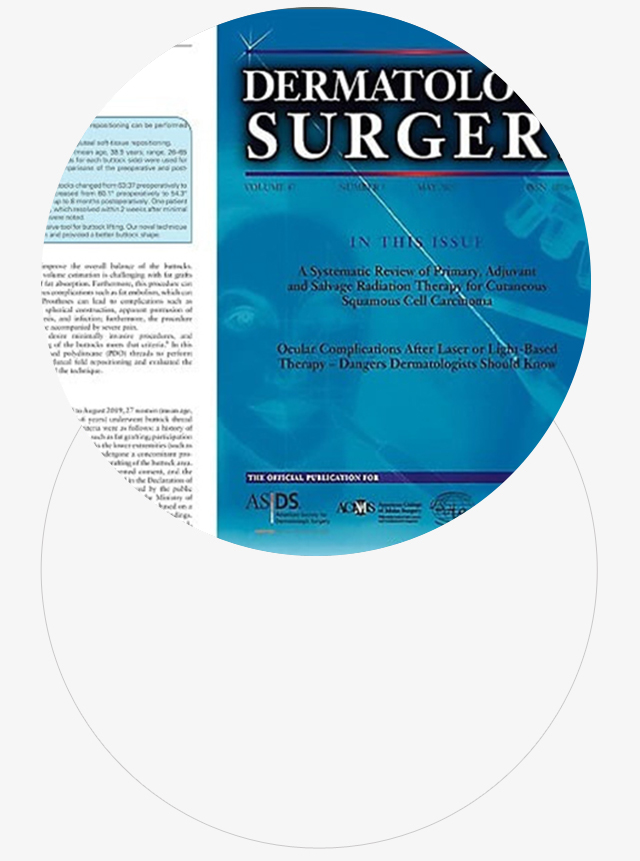


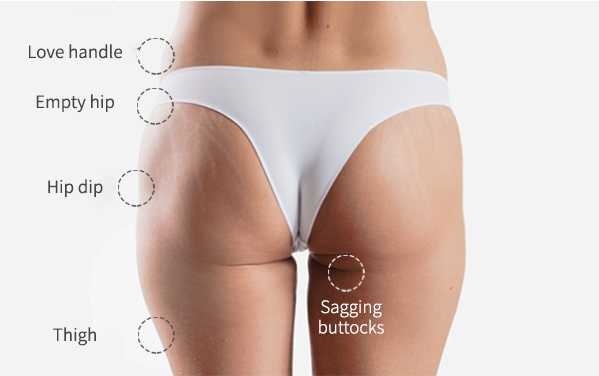
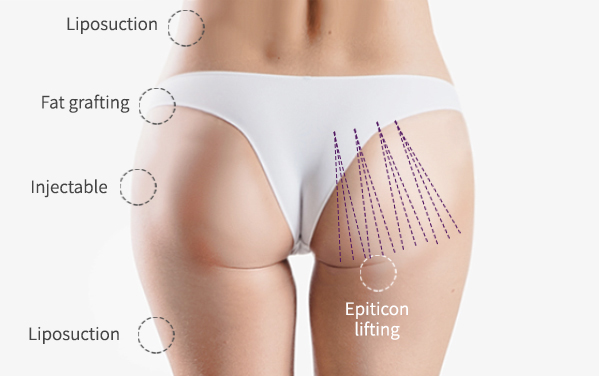







QUALITY OF LIFE







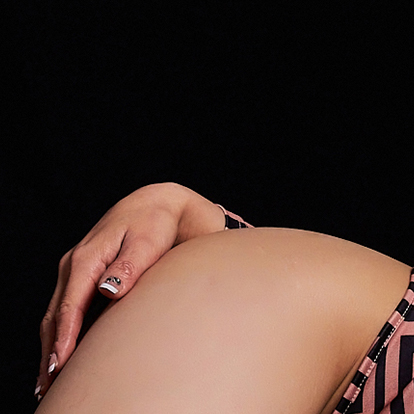

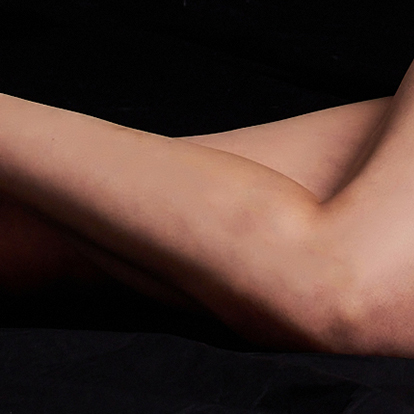
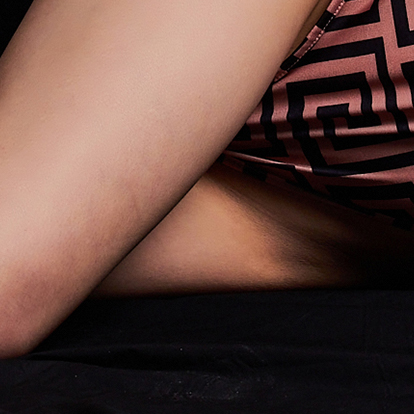
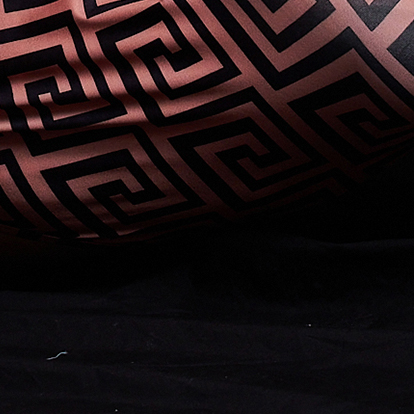
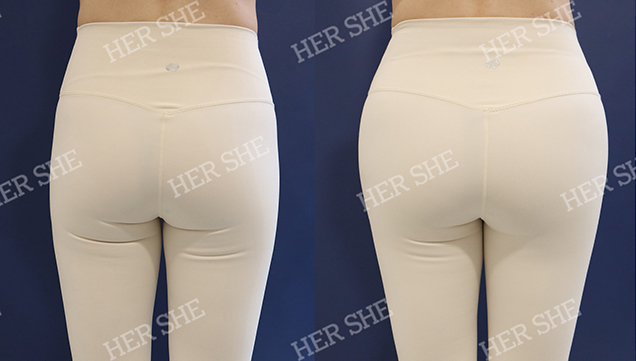

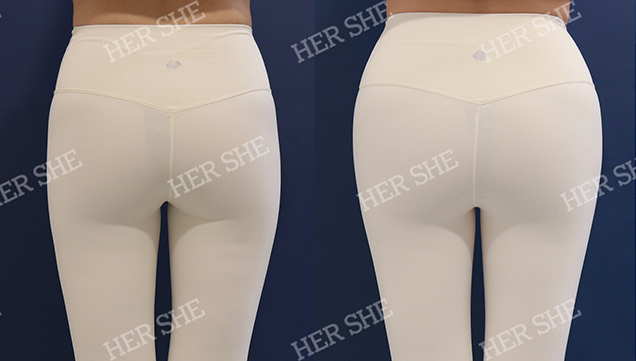


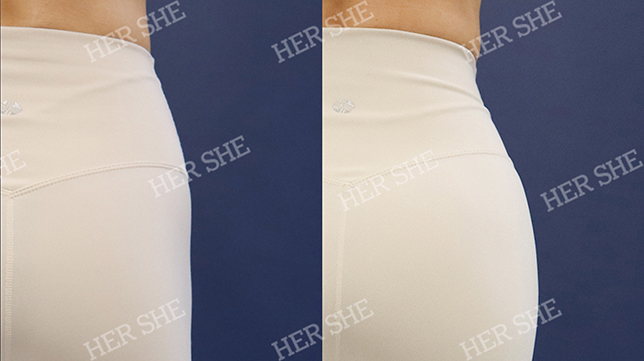

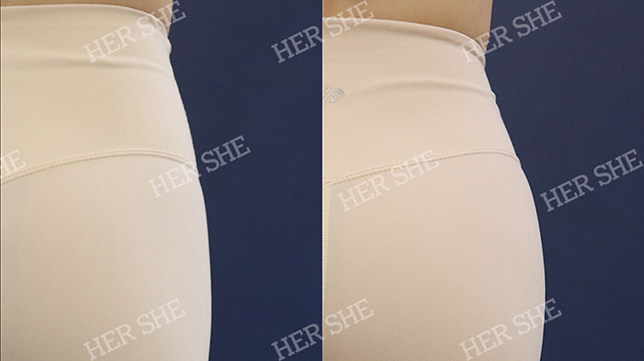

Q. What Is Hip Line Augmentation Procedure?
A. The Hip Line Augmentation procedure is designed to enhance the curves and create a well-proportioned silhouette by addressing hollowed areas along the hip line. This is achieved through fat grafting, where fat is harvested from areas like the abdomen or thighs and re-injected into the hip region, or with injectable fillers. These techniques add volume, improve shape, and create a smooth, natural contour. The result is a more balanced and attractive body shape that highlights the natural curves and enhances overall proportions.
Q. How Does the Procedure Work?
A. The Hip Line Augmentation involves extracting excess fat from areas such as the abdomen or thighs using advanced fat harvesting techniques. This fat is then purified and carefully injected into the hip lines to add volume and enhance definition. The process not only enhances the targeted hip area but also sculpts the donor areas for a slimmer, more balanced overall silhouette.
Q. What Is the Recovery Time?
A. The time for returning to daily life may vary depending on the individual's condition. However, recovery usually takes 1 to 2 weeks for most daily activities without significant difficulty. Major swelling and bruising typically occur 2 to 3 days after the procedure and subside within about 7 days. Minor swelling may take up to 1 month to fully resolve. Light walking is recommended to help reduce swelling and promote healing.
Q. Can I Lie Down or Sit Immediately After the Procedure?
A. After a Hip Line Augmentation, it’s important to avoid putting direct pressure on the treated areas to ensure the fat grafts settle and integrate properly. It is recommended to avoid sitting or lying on your side for extended periods. Initially, sitting may be uncomfortable, so using a soft cushion for support can help reduce pressure on the area and enhance comfort. Protecting the enhanced areas while maintaining comfort is crucial during recovery.
Q. How Long Do the Results Last?
A. Results are typically long-lasting, especially when maintaining a stable weight and a healthy lifestyle. However, natural aging may gradually affect the appearance over time. To preserve the results, it is recommended to avoid intensive dieting and intense exercise that could interfere with the fat grafting process.
Q. Will There Be Noticeable Scars?
A. The procedure is performed with minimal incisions using a cannula, so the resulting scars will be minimal. The marks left are slightly larger than needle punctures but tend to fade over time, becoming less noticeable. However, if scarring remains a concern, laser treatments or other scar management programs can be helpful.
Q. What Precautions Should Be Taken After Hip Line Augmentation Procedure?
A. Prior to the surgery, the clinic will provide you with explanations, consent forms, and pre-surgery instructions. After the surgery, the clinic will provide post-surgery instructions as well as prescribed medication. Key post-surgery instructions include avoiding prolonged sitting or lying on your side, refraining from intense massages around the hip area, and taking prescribed medication to reduce swelling and prevent inflammation. Alcohol and smoking should be avoided for one month, as they can negatively affect bleeding, infection, and wound healing. Strenuous exercise and weight loss should be avoided for approximately two months. However, light stretching and walking are encouraged to help reduce swelling and promote circulation.


 힙업리프팅으로 애플힙 뒤태 만들수있나요? 힙업성형 Q&A
힙업리프팅으로 애플힙 뒤태 만들수있나요? 힙업성형 Q&A

 어깨필러 상담부터 시술과정까지, 직각어깨 REAL 현장
어깨필러 상담부터 시술과정까지, 직각어깨 REAL 현장

 쌍수하고 술 언제부터 마셔도 되나요?
쌍수하고 술 언제부터 마셔도 되나요?



